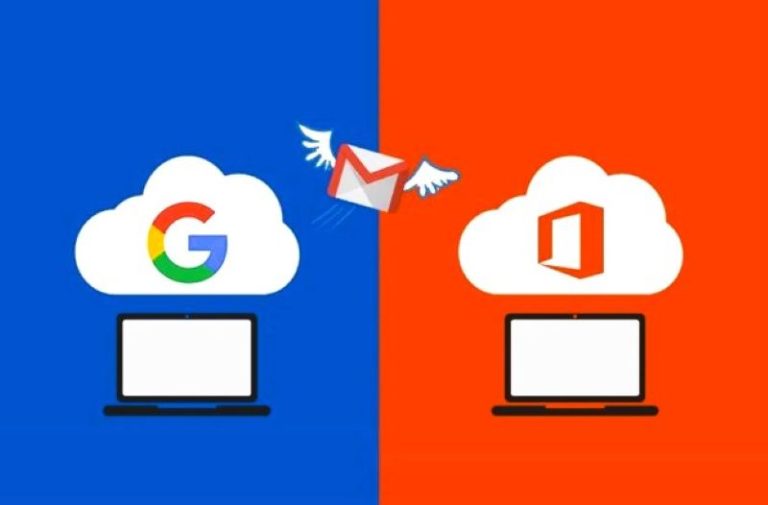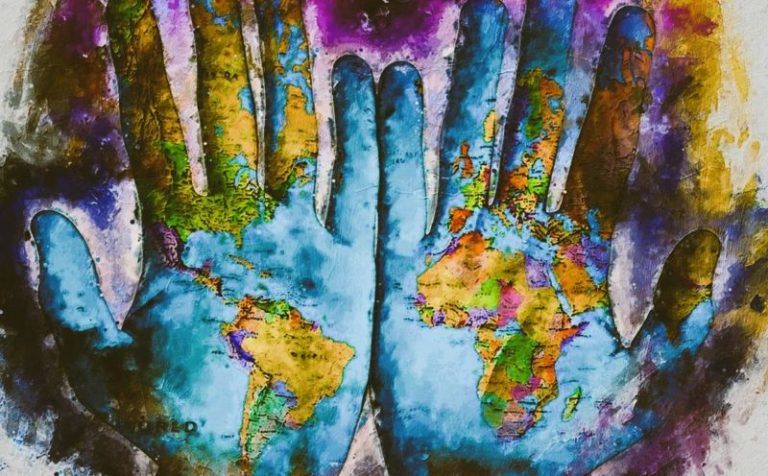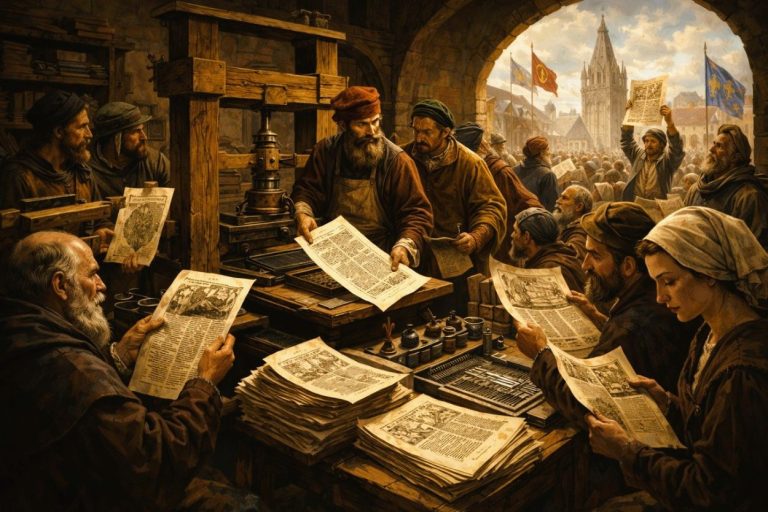

They require a fraction of the money or technical knowledge to produce.

By Josh Axelrod
Freelance Reportr
Journalism Fulbright Fellow
You’ve likely already been schooled on how to spot a deepfake, a dangerous but relatively immature artificial intelligence tool. Are there odd shadows or glares? Are the lips synced up with the audio? Are there too many or too few fingers on the hands?
But as Israel and Hamas wage war on both a physical and digital battlefield, disinformation experts are ringing the alarm about deepfakes’ easier-to-deploy and far more ubiquitous cousin: cheapfakes.
“Cheapfakes are much more dangerous, because the images are real. And therefore, they’re more believable,” Tamara Kharroub, who helps head the Arab Center Washington DC as a Middle East media researcher, told The Daily Beast.
Cheapfakes are exactly what they sound like: cheaply manipulated content. The tactic involves decontextualizing, distorting, or manipulating pre-existing audio, images, or videos with the use of readily available digital software like Photoshop or iMovie.
READ ENTIRE ARTICLE AT THE DAILY BEAST


